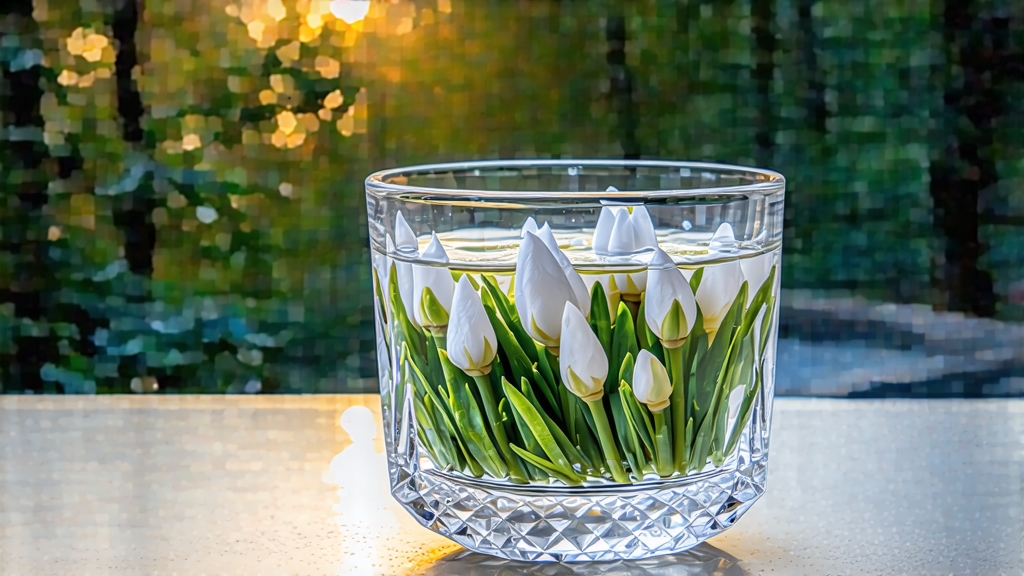
Silver Needle, known in Chinese as Bai Hao Yin Zhen, is the aristocrat of white tea. To international drinkers who equate “white tea” with any pale infusion, this single-origin cultivar offers a revelation: a liquor so light it resembles early-morning sunshine, yet a fragrance that lingers like moonlight on still water. The following 2,000-word exploration invites you to travel from Tang-dynasty court records to a 2023 tasting table in Paris, tracing how two tiny counties in China’s southeast corner created a tea that now shapes menus from Brooklyn cafés to Tokyo patisseries.
-
Historical tapestry
White tea’s written history begins in the late Tang dynasty (618-907 CE), when the “Gong Cha” tribute system demanded rare teas for imperial inspection. A Fujianese monk recorded sending “white down buds” to Chang’an, noting their silvery appearance. Those buds were almost certainly wild Da Bai cultivars growing along the Taimu mountain range. By the Song era, Emperor Huizong—an artist himself—praised “white buds that float like duck’s-down upon the water,” confirming that the aesthetic of whiteness already carried connotations of purity and refinement. True commercial production, however, did not crystallise until the late Qing, when Fuding and Zhenghe counties perfected sun-withering techniques and began exporting “Pekoe Tips” via Fuzhou’s treaty port. European catalogues of 1890 list Silver Needle at prices higher than Keemun or Wuyi rock tea, an early sign of its luxury status. After 1949 the tea became a state gift; Premier Zhou Enlai famously served it to Richard Nixon in 1972, sealing its diplomatic prestige. Today Silver Needle enjoys Protected Geographic Indication (PGI) status within China, mirroring Champagne in France. -
Terroir and cultivar
Authentic Silver Needle is produced only in northern Fujian: Fuding, Zhenghe, and small parts of Jianyang. The region’s red-yellow lateritic soil is rich in iron and aluminium, draining quickly so that roots are forced to dive deep for minerals. A subtropical maritime climate supplies 1,800 mm of rain annually, but spring mornings are often foggy, diffusing sunlight and keeping leaf temperature low—ideal for amino acid retention. The permitted cultivars are Da Bai Hao (“Big White Down”) and the even larger Da Hao; both sprout thick trichomes that give the buds their silvery cloak. A single standard bud weighs 0.5–0.7 g, almost twice that of a Longjing leaf, and contains 5.5 % L-theanine, explaining the tea’s famed sweetness and umami depth. -
Plucking etiquette
The harvest window opens for only ten days each spring, typically 15–25 March, when average daytime temperatures stabilise between 15 °C and 20 °C. Pickers work at dawn, before photosynthesis intensifies and tannins rise. The rule is “no leaf, no stem, no rain”: only the unopened bud, sheared with a fingernick to avoid bruising. Experienced pluckers fill a shallow bamboo basket within two hours; any longer and compression heat will oxidise the tips. It takes 30,000 buds—about 1.5 kg of fresh material—to yield 200 g of finished tea, a ratio that explains the price premium. -
Crafting without touching fire
Unlike green tea, Silver Needle never touches a wok or dryer above 40 °C. The traditional process has two stages: sun-withering and slow-baking. Fresh buds are spread on bamboo trays called “water screens” and left under gentle morning sun for 15–30 minutes, depending on humidity. Masters watch for the moment the bud surface turns matte and the trichomes stand erect like tiny antennas. The trays are then moved to a shaded corridor where ambient airflow continues dehydration for 24–48 hours. Moisture drops from 75 % to 10 %, but enzymatic activity persists, creating white tea’s signature “slight oxidation” (8–15 %). Finally, the buds are charcoal-baked at 35–40 °C for three hours; this step is more desiccation than roasting, stabilising the leaf while adding a whisper of campfire nuance. The entire cycle is weather-dependent; in rainy springs producers may resort